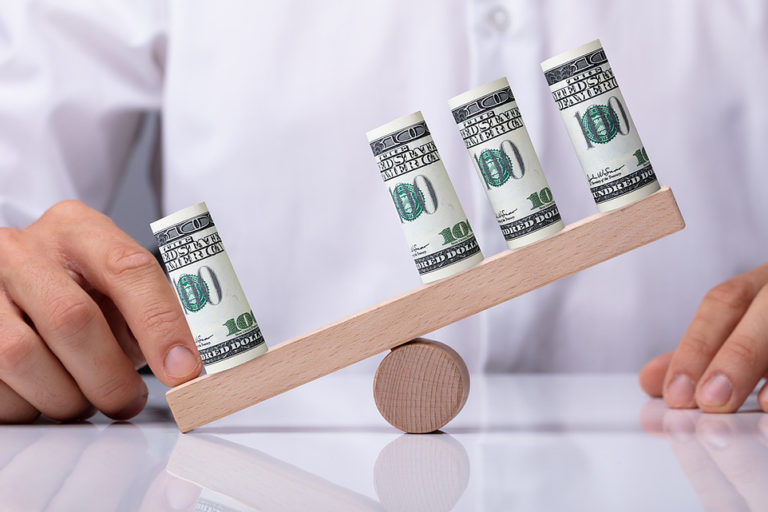Leverage is using borrowed capital (other people’s money) to increase the return on an investment. Leverage can significantly enhance your return on investment. With interest rates at all-time lows, it’s easy to use leverage to improve your returns.
For example, say your $400,000 property generates a net cash flow of $32,000 each year without any debt financing on the project. That’s an 8 percent cash-on-cash return on your investment ($32,000 / $400,000 = .08 or 8.0 percent).
Now say you invest your $100,000 and borrow $300,000 at 4 percent interest, amortized over 30 years. The monthly mortgage payment is $1,432 per month or $17,187 per year. Deducting the annual mortgage payment from the net cash flow of $32,000 gives you $14,813. That increases your return from 8.0 percent to 14.8 percent ($14,813 / $100,000 = .1481 or 14.81 percent).
By using leverage your annual cash-on-cash return increased by 85 percent (.1481 – .08 = .0681 / .08 = .8513 or 85.13 percent). That’s incredible! Why is it possible to generate higher returns by borrowing money? It’s because banks consider real estate a good risk. They’re willing to lend you money at rates that are below the actual return you can achieve on the property without having any debt. When buying income-producing real estate, positive leverage is the key to enhanced investment returns.





